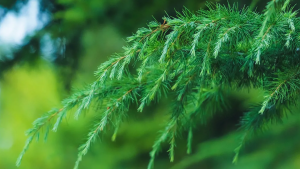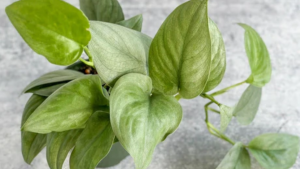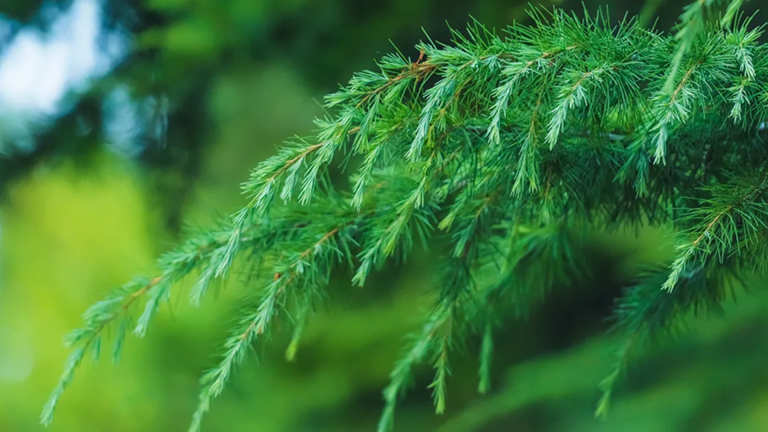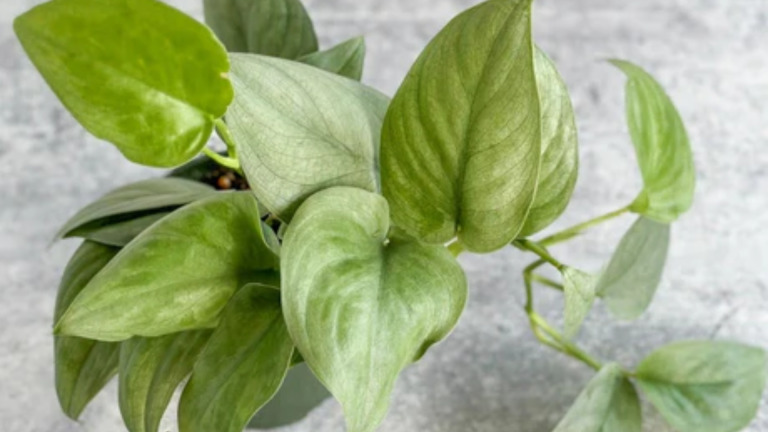Fresh sod gives your yard a quick makeover, but the real work happens below the surface. The grass must grow roots that connect to the soil for it to stay healthy and green.
Rooting is how sod starts to take hold in its new home. During this time, the grass grows roots that allow it to absorb water and nutrients. Without good roots, the sod can dry out, shift, or even die off.
This process takes time and depends on several things. Grass type, soil condition, temperature, and watering habits all play a part. Some sod roots faster than others, but it’s normal for full rooting to take several weeks.
In this blog, we’ll cover how long sod takes to root and what signs to look for. You’ll also learn how to help the process move faster and identify potential problems that might slow it down. With the right care, you can give your sod the best chance to grow strong.
How Long Does Sod Take to Root?
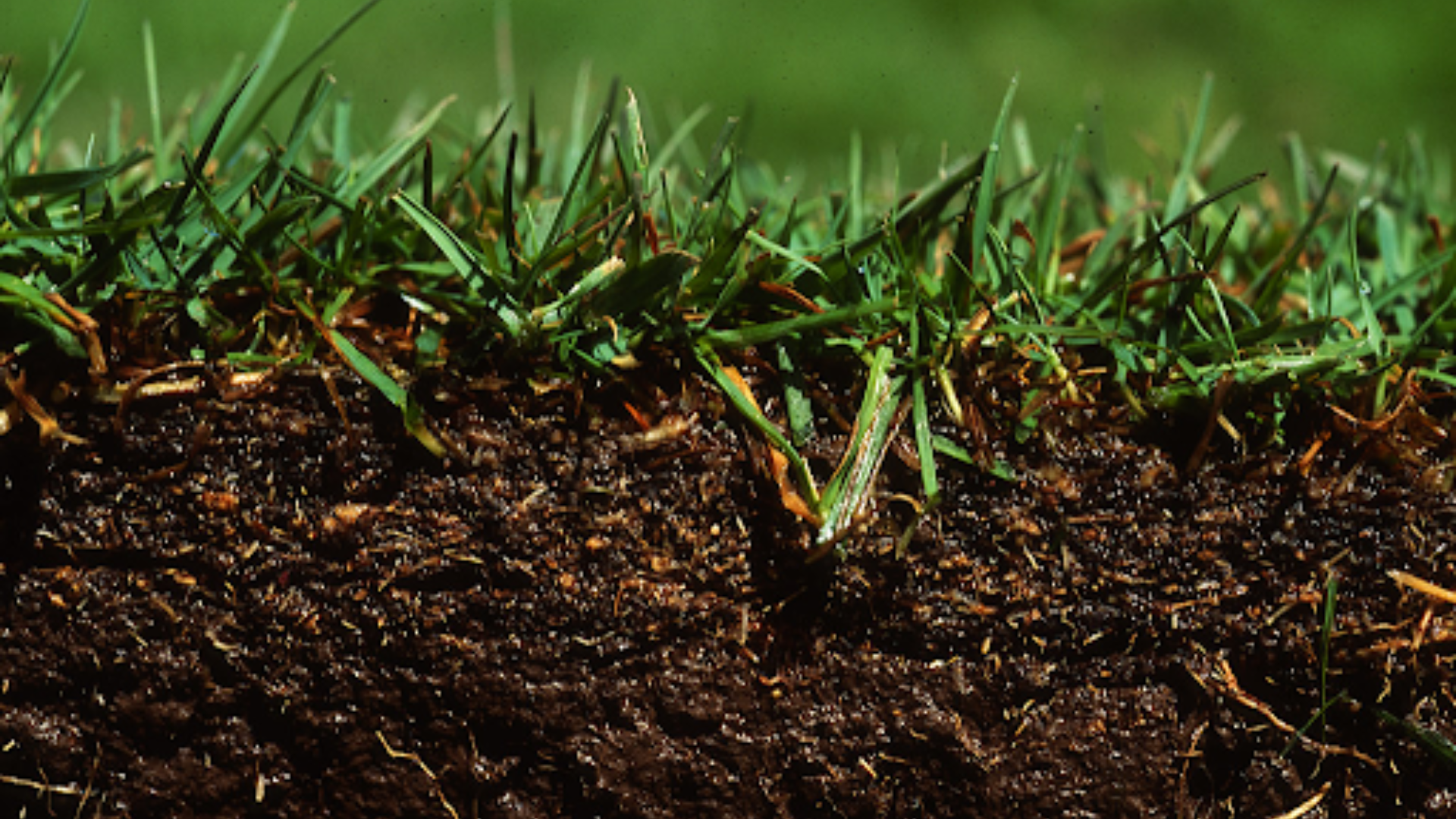
When you lay new sod, it doesn’t settle into place overnight. It needs time to build strong roots that hold it to the soil. This rooting process is what keeps the grass healthy and promotes its growth.
Short-term rooting usually begins within the first 10 to 14 days. During this time, the surface roots start to grip the soil underneath. These shallow roots help the sod take in water and stay in place.
Long-term rooting, also known as deep rooting, requires a longer period of time. Full root growth typically occurs between 4 and 6 weeks after installation. These deeper roots enable the grass to absorb nutrients and withstand stress, such as heat or foot traffic.
Keep in mind that rooting speed can vary. Factors like grass type, soil health, temperature, and watering all play a role. Still, if cared for properly, most sod will show signs of rooting within the first few weeks.
What Happens During Sod Rooting?
When you install sod, it starts as grass with shallow roots sitting on top of your soil. Initially, it relies on frequent watering to survive. But over time, it begins to grow new roots that connect with the soil underneath.
These new roots anchor the sod in place and help it absorb water and nutrients. This process turns the sod from a patch of rolled turf into living, growing grass that’s part of your yard.
Even if your grass looks green on top, that doesn’t mean it has fully rooted. Surface growth may appear fast, but deep roots take longer to develop. Full rooting is what makes the lawn stable and strong.
Why Sod Roots Faster or Slower In Some Yards?
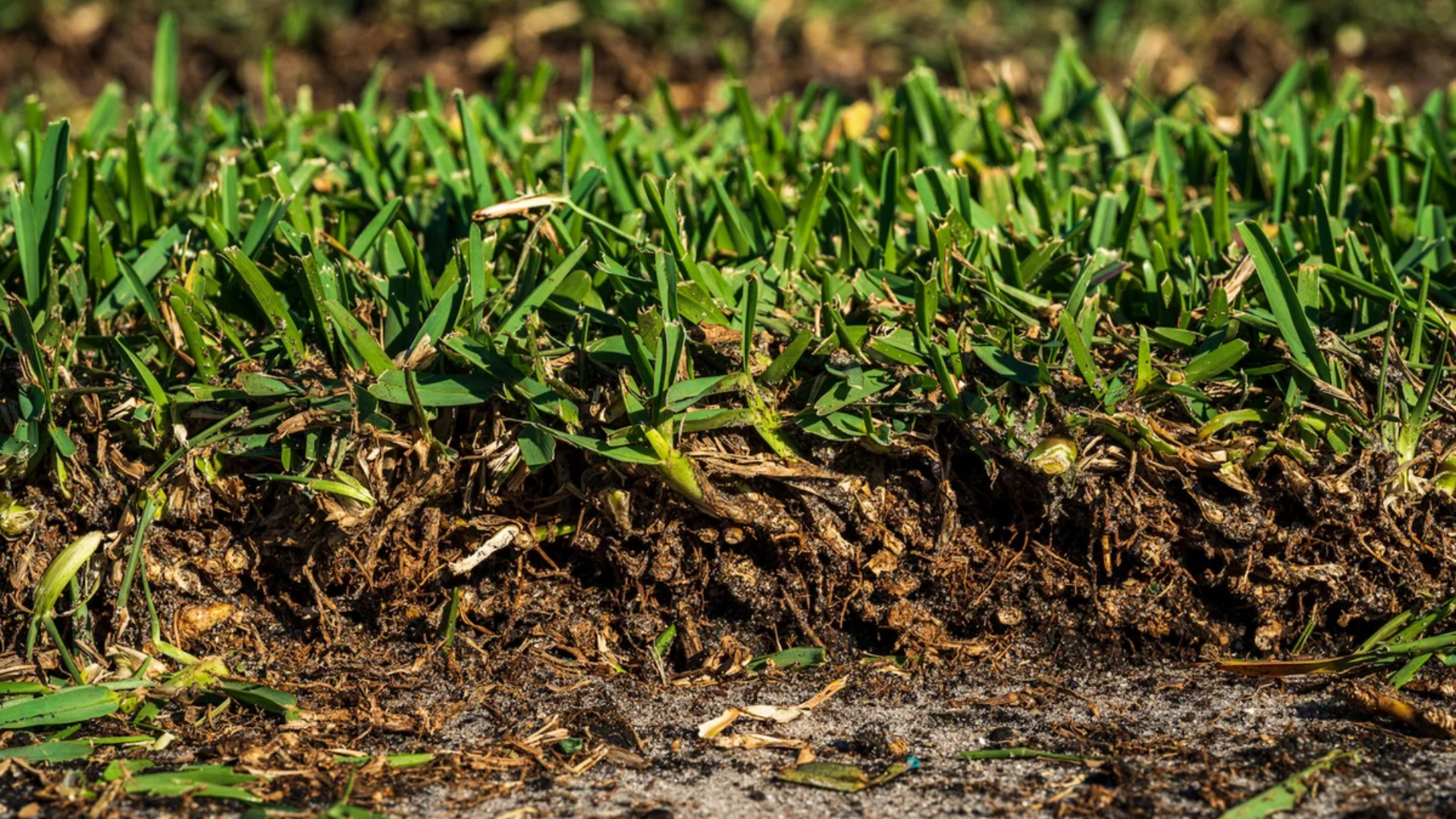
Sod doesn’t root at the same pace in every yard. Some grass settles in quickly, while other areas take longer.
This difference often comes down to a few key things that happen before and after sod is laid. Knowing what these things are can help you understand what to expect—and what to fix if rooting seems slow.
- Type of grass: Some grass types grow roots faster than others. For example, Bermuda usually roots quicker than Zoysia.
- Soil condition and preparation: Loose, well-aerated soil makes it easier for roots to grow. Hard or dry soil slows things down.
- Season and weather: Warm weather with mild sunlight supports faster root growth. Cold or dry conditions can slow it.
- Watering habits: Daily light watering helps early roots. Too little or too much water can delay growth.
- Foot traffic and mowing too early: Walking or mowing on fresh sod can press it down and break early roots.
When these factors line up just right, sod roots faster. If they don’t, that doesn’t mean it won’t work—it just may need more time and care.
How Can You Tell If Sod Has Rooted?
There are a few simple ways to check if your sod has started to root. One of the best methods is the “tug test.” Gently lift a corner of the sod—if it resists, roots are forming.
Another clue is the appearance of the grass. If the blades are standing tall, turning greener, or growing new shoots, those are signs that rooting has begun. Mower resistance also helps—if the sod doesn’t lift while mowing, the roots are holding.
It’s a good idea to check in more than one spot. Different parts of your yard may root at different times. Walk lightly and test a few areas before moving forward with mowing or heavy use.
How to Help Sod Root Faster?
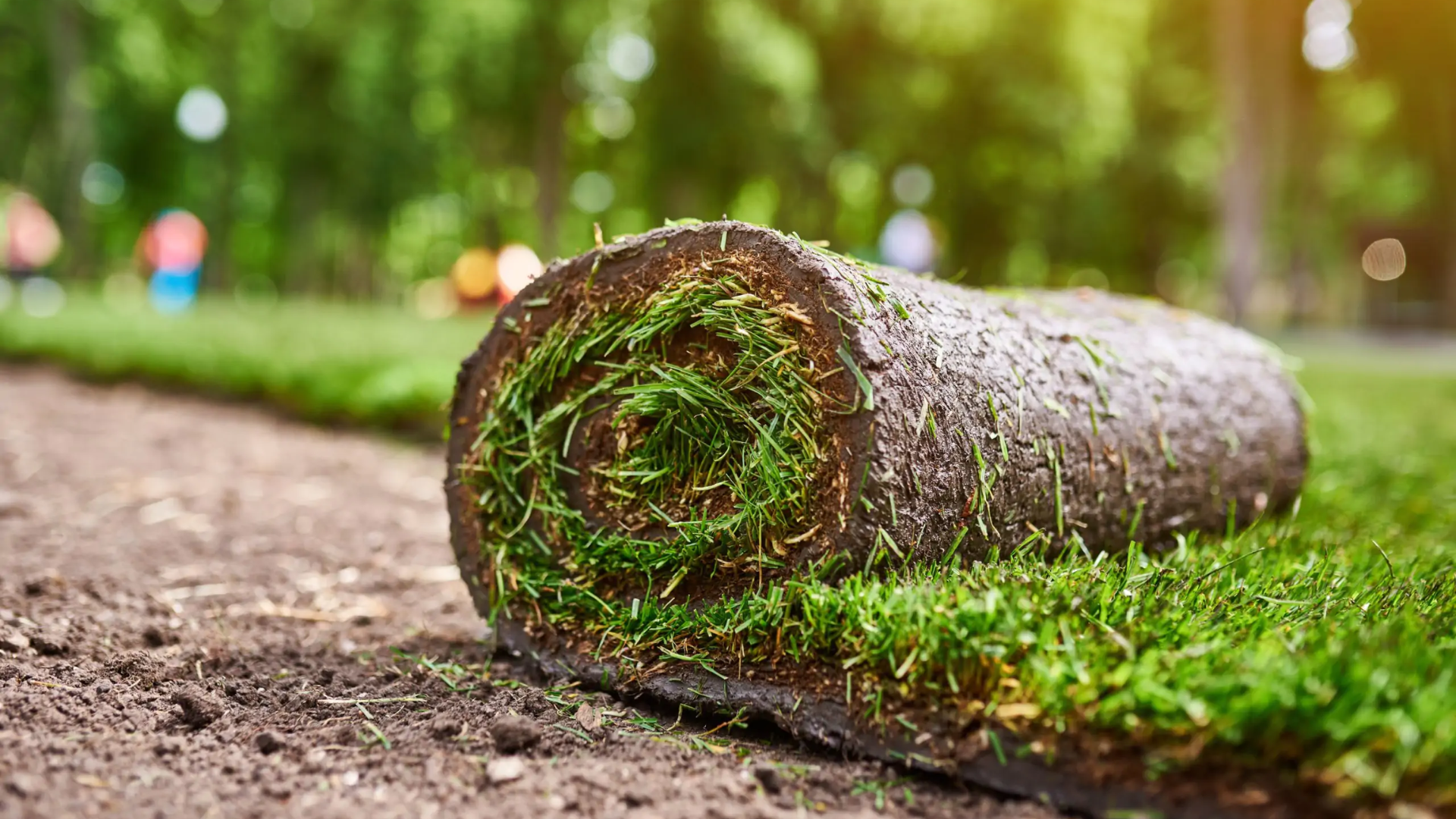
The right care can speed up rooting and help your sod settle in well. Start by watering lightly every day for the first one to two weeks. This keeps the top layer moist, allowing new roots to grow into the soil.
Hold off on mowing too soon. Wait until the grass reaches about 3–4 inches and resists a gentle tug. Cutting too early can stress the grass and pull up roots that aren’t fully set.
Try to keep off the sod while it’s rooting. Walking or placing objects on it too soon can crush the roots and slow the process. Let it rest until the grass starts to grow firmly.
If your soil is low in nutrients, a starter fertilizer can help. Use it only if a soil test recommends it. Feeding the sod properly gives it the support it needs to grow strong roots.
Why Your Sod Might Not Be Rooting?
It’s frustrating when your sod looks like it’s not growing. If it still lifts easily or shows brown spots, something could be holding it back. The good news is that most causes are simple and can be fixed once you know what to look for.
- Soil compaction: Packed-down soil makes it hard for roots to grow into the ground.
- Overwatering or underwatering: Too much water can drown roots. Too little keeps them from growing.
- Laying sod on poor soil or old grass: If the soil wasn’t cleared or improved first, roots may struggle to take hold.
- Heavy shade: Lack of sun keeps the grass from growing strong, which slows down rooting.
The key is to stay patient and adjust your care routine. With the right changes, most sod will start to take root and grow well.
When Is It Safe to Walk or Mow on New Sod?
After laying sod, it’s important to give it time to root before stepping on it. Most sod needs 2 to 3 weeks before it can handle light foot traffic. Walking too soon can press down the roots and slow their growth.
Before you walk or mow, do a quick test. Gently tug at a corner of the sod. If it lifts easily, it’s not ready yet. If it holds firmly, the roots are starting to take hold.
Wait until the grass grows to about 3 to 4 inches before mowing. Use a sharp blade and never cut more than one-third of the height. Avoid mowing when the ground is soggy, as this can tear up roots.
Once your sod shows strong growth and resists tugging, you can walk on it more freely. Start slowly at first and avoid heavy use until the deep roots are fully established.
Conclusion
Getting sod to root well takes time, but it’s worth the wait. Most sod starts rooting in about two weeks. Full root growth typically occurs within four to six weeks, depending on the care and conditions.
In the early days, your grass needs extra support. Light watering, soft foot traffic, and delayed mowing can all help roots grow stronger. These small steps make a big difference over time.
If your lawn looks patchy or slow to grow, don’t panic. Different sod types and weather conditions can affect rooting speed. Stay on track with your care, and you’ll see progress.
Remember, sod isn’t fully secure until it roots deep into the soil. Avoid heavy use during this period and regularly check for signs of progress, such as green growth or a solid footing.
Maintain your routine, be patient, and focus on the fundamentals. With the right care in place, your sod will root well and grow into a lawn you can enjoy for years.
Frequently Asked Questions
Can I Lay Sod Over Existing Grass?
No, it’s not a good idea to lay sod over old grass. The old layer can block the roots from reaching the soil. Always remove any old grass and prepare the soil properly before laying new sod.
What Time Of Day Is Best For Watering New Sod?
The best time to water new sod is early in the morning. This allows the water to soak in before the heat of the day, reducing the chance of disease. Avoid watering at night, as it can leave the grass too wet for an extended period.
Should I Use A Roller After Laying Sod?
Yes, lightly rolling the sod can help it make better contact with the soil. This helps the roots grow down instead of sideways. Don’t press too hard—just enough to remove air pockets.
How Soon Can I Apply Fertilizer After Laying Sod?
Wait at least two to three weeks before applying fertilizer. This gives the roots some time to settle in. Use a starter fertilizer only if a soil test shows it’s needed.
Will Pets Harm New Sod?
Yes, pets can damage new sod, especially if they walk or relieve themselves on it too soon. Try to keep pets off the area during the first few weeks. Their waste can also burn the grass, so clean up quickly if needed.





